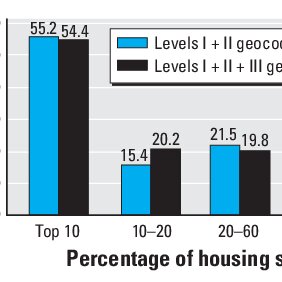September 2011
·
50 Reads
·
8 Citations
Reviews on Environmental Health
Recent studies suggest that exposure to mold in damp buildings is an important environmental risk factor for childhood respiratory illness. One potential source of a damp home, is crawl space construction. A poorly constructed crawl space not only presents the possibility of contributing to a 'damp' home but can also become a reservoir for fungal growth. Fungal levels in the livable indoor environment have been characterized in other studies, but little has been done to assess the potential for mold growth in the crawl space. This study examines the potential for mold growth and subsequent transmission from the crawl space into the home environment. In this study, we assessed mold contamination levels within crawl spaces from 238 study homes in North Carolina. We determined whether air leakage from the heating, ventilation, and air conditioning (HVAC) system and associated ductwork, transmitted viable mold spores from the crawl space into the living spaces within the home. The results indicate that 19% of the homes demonstrated transmission of mold spores from the crawl space into the indoor environment, 45% of the homes displayed no transmission, and 36% of the homes were indeterminate. The results support the hypothesis that the HVAC system can serve as a conduit for the transmission of mold spores from the crawl space to the indoor environment of a home. This transmission likely affects children's health, given the significant amount of time they spend in the home environment. For low-income families, the HVAC system may contribute an additional source of childhood exposure and highlights the importance of the assessment of indoor environmental hazards.

















